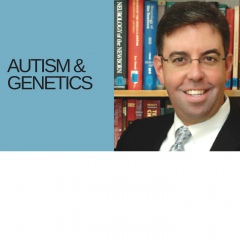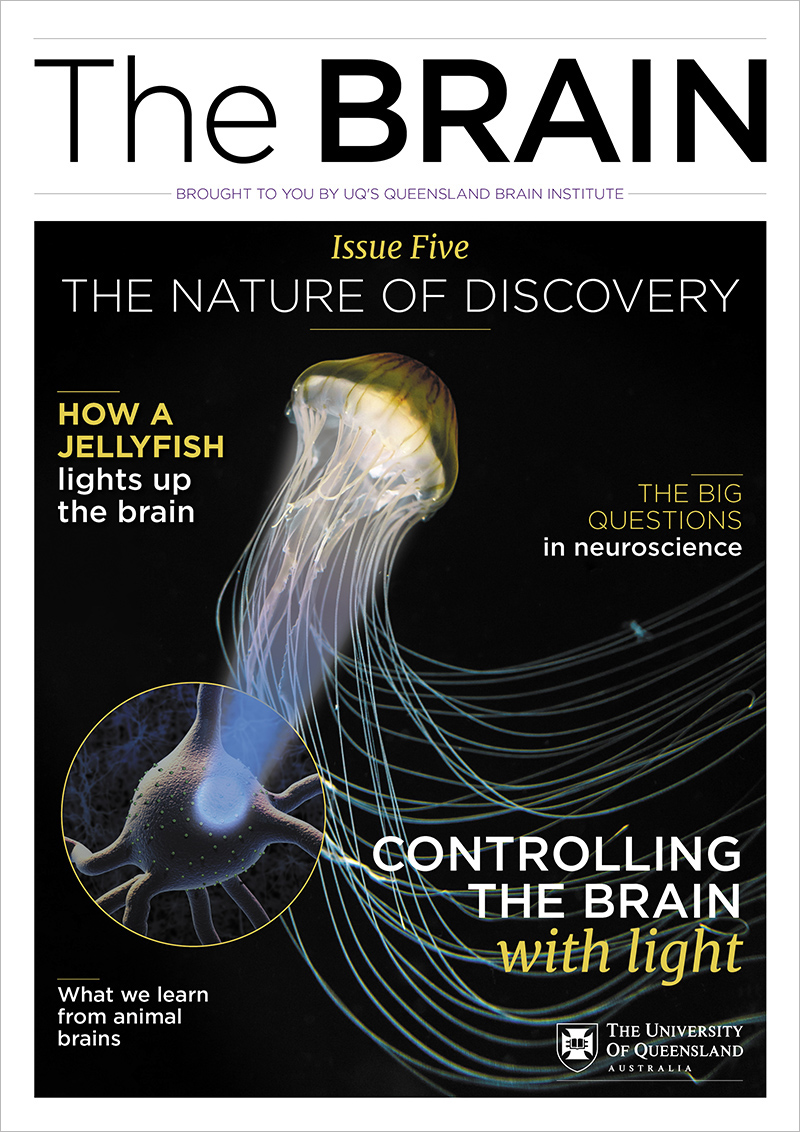Podcast: What interneurons and their connections can teach us about autism
Dr Nathalie Dehorter and her team study interneurons (the neurons controlling the excitation-inhibition balance in the central nervous system) during brain development and in disorders like autism, schizophrenia and Parkinson’s disease. Nathalie aims to identify early changes in neuronal activity and connectivity that give rise to impairment in the adult brain. She hopes that a better understanding of these processes may, one day, lead to new therapies tailored for a person’s age and gender.
In this brief conversation, Nathalie explains:
- What mouse models of autism can teach us about the human condition
- How early brain changes may lead to autism
- The mechanisms common to autism and schizophrenia
- When the team hopes to move into clinical trials
- Why she chose QBI as her research home
Share this episode
Related papers and resources
From Progenitors to Progeny: Shaping Striatal Circuit Development and Function
Shifting Developmental Trajectories During Critical Periods of Brain Formation
Tuning neural circuits by turning the interneuron knob
Simons Foundation Autism Research Institute




